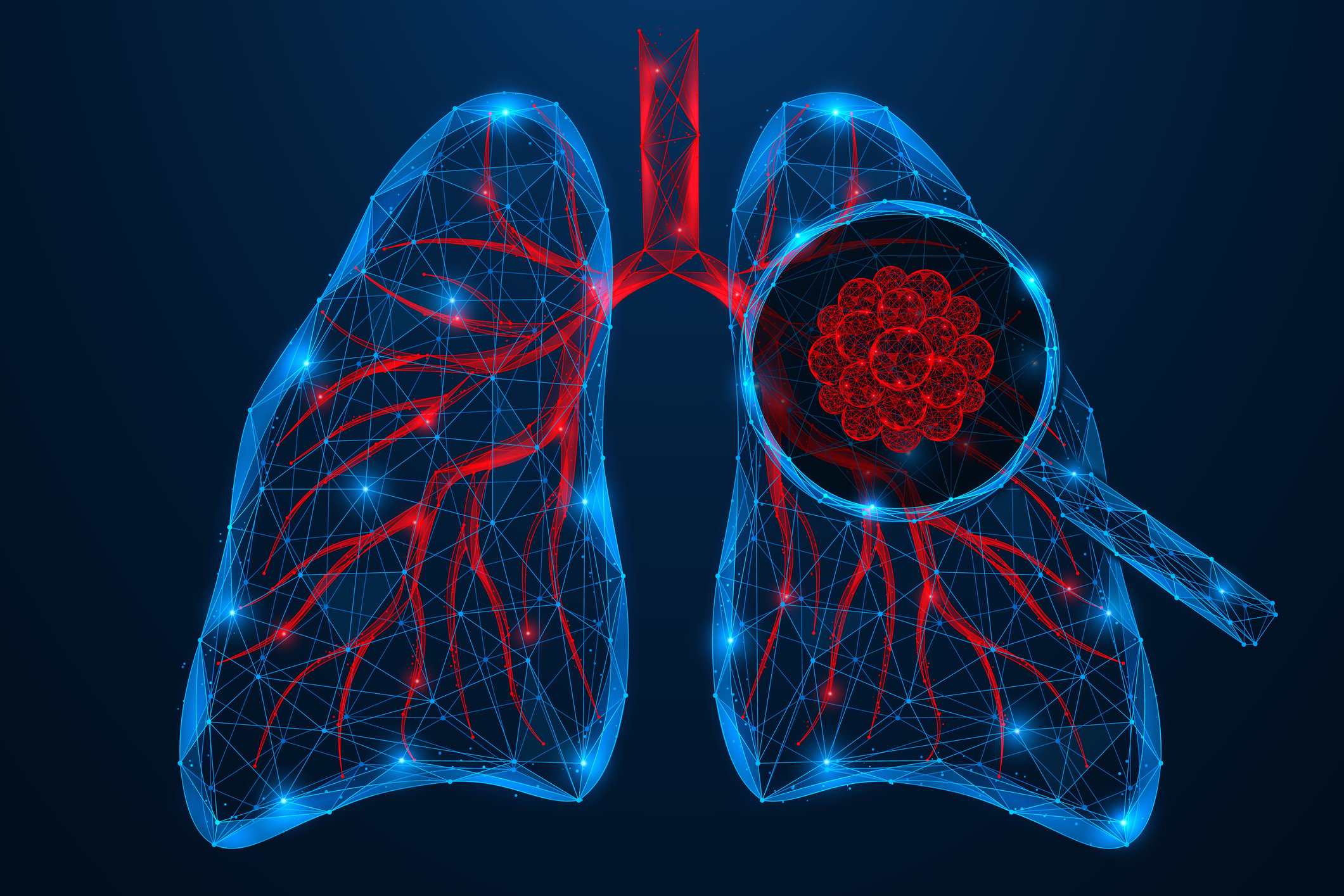The risk of hypertrophic scars is higher in burn wounds the longer the healing process takes. Correct diagnostic assessment is the basis for adequate therapy. Whether second-degree burns should be treated in an outpatient or inpatient setting depends on several factors.
Using case examples of various forms of second-degree burn wounds, Prof. Dr. med. Hans-Oliver Rennekampff, Rhein-Maas Klinikum, Aachen Würselen (D) [1] illustrated that the time to healing correlates strongly with scarring – the longer it takes, the higher the risk of scarring [2].
Influencing factor epithelialization
Empirical evidence that accelerating the healing process positively influences scar quality includes a randomized-controlled trial (219 patients, 438 skin grafts) published in 2018 in the Journal of Dermatology and Dermatologic Surgery [2]. Primary endpoints in this study were duration of healing process and quality of scar tissue (scar scale: scar height, surface, color). Follow-up measurements were performed 3 and 12 months after wound care. The mean time to healing was 15.8 days (mean scar score of 6.89 at 3 months and 4.66 at 12 months, respectively). Duration to healing and scar quality correlated linearly and were highly statistically significant (p<0.000001). After a period of 12 months, all of the measured parameters progressively deteriorated. The course of epithelialization is an important influencing factor.
Implications for treatment?
If the epithelium is not closed, this means activation of the connective tissue, the fibroblasts. The associated collagen production leads to hypertrophic scars, which is common in burn patients. The other is that inflammation is maintained longer by infection. Consequently, faster epithelialization promotes acceleration of healing. Experience shows that adequate moist wound treatment has the most favorable effect on epithelialization. In contrast, drying out deepens the wound, which increases the risk of scarring. Generally, the more losses in the dermis, the more scars. There are several methods to boost healing and thus prevent hypertrophic scars. Non-contact electrotherapy generates a current on the wound, which promotes the speed of cell migration and thus accelerates wound closure. It is a method which can also be used for chronic wounds. Ointments (e.g., vitamins A, C, E; marigolds) can be used as part of aftercare. Other options include: Compression, silicone overlays, cortisone injection, medical needling, fat injection and surgical treatment.
Is conservative therapy sufficient?
Whether a grade 2a burn wound should be treated as an outpatient or rather in an inpatient setting depends on several factors. The area of combustion plays an important role. If only 2-3% are affected (e.g., the hands), outpatient treatment can be performed at the patient’s request. However, if the burn is extensive, care should be provided in an inpatient setting. If more than 10-15% of the body surface is affected (from moderate burns), the speaker recommends transfer to a specialized wound care center [1]. This also applies to the following: Inhalation trauma, electrical injury/lightning, involvement of eyes/ears/face/hands/feet or genitalia, concomitant fractures, traumatic brain injury, thoracic or abdominal trauma, or when additional risk factors are present (e.g., coronary artery disease, COPD, tumor, diabetes, psychiatric illness, etc.).
Depending on the condition, the patient may receive intravenous pain medication in the inpatient setting. In addition to the above factors, the depth of combustion is also an important criterion. Thus, in second-degree burns, it makes a big difference functionally whether the burn is superficial or deep. Needle prick test (the deeper, the less painful) and recapillarization determination (the deeper, the less blood flow) can be used to assess findings.
Broad spectrum of local therapeutics
In the context of conservative outpatient treatment, there is a wide range of local therapeutic agents that can be used to protect against an impending infection through antimicrobial action: Octenidine (Octenisept®), polyhexanide (Lavasept®), chlorhexidine (in combination with gauze as Bactigras®). For severe infections that cannot be controlled with antibiotics, Inflammazine (silver sulfadiazine) can be used.
A secondary analysis comparing different local therapeutics (alginates, hydrofiber, hydrogels, hydrocolloids, foams/foams, films) did not reach a clear conclusion [3]. Experience values are decisive – it is best to use what has proven itself in practice, explains the speaker. Based on experience and scientific evidence [4], Prof. Rennekampff prefers to use an absorbable, microporous membrane in the inpatient setting and an antimicrobial foam dressing with silver and soft silicone in the outpatient setting. Using this dressing, the wound can be closed for two to three weeks without changing the dressing. This method has been proven to protect against infections and if it is really a grade 2a burn, a significant improvement of the condition is achieved in this period. The substance degrades over time, and the wound becomes slightly acidic during this degradation process.
Debridement is indispensable
If one is unsure whether surgical intervention is indicated for grade 2a burns, one can initially use an absorbable microporous membrane and evaluate after three weeks whether this is sufficient or surgical treatment is required. The fact that you lose valuable time as a result is problematic, however, according to the speaker. Therefore, it is important to discuss this with the patient in advance. If one performs a surgical procedure for a second or third degree burn, the necrosis must first be surgically removed. Regarding the method of tangential ablation, the speaker draws attention to the fact that this can result in significant blood loss.
Debridement has a significant impact on patient vitality, it is a crucial aspect of burn care. The overall goals of debridement are removal of necrotic, nonperfused tissue (nidus for bacteria and fungi, as well as toxins and immunosuppressive agents), removal of infected tissue, and acceleration of epithelialization. Enzymatic debridement can be performed using bromelain (pineapple extract). This separates denatured collagen (burnt skin) and healthy collagen. After a few hours, the dead tissue can be removed, leaving the vital wound bed, which can be treated conservatively if necessary. It is a selective debridement, as it is useful in the context of burn medicine. Split skin grafting would be avoided if possible, it takes a long time to heal and is said to be unaesthetic.
Source: Nuremberg Wound Congress
Literature:
- Rennekampff H-O: Burn wounds – sensible care, slide presentation, Prof. Dr. H.-O. Rennekampff, Clinic for Plastic Surgery, Hand and Burn Surgery, Rhein-Maas Klinikum, Aachen Würselen (D), Nürnberger Wundkongress, 06.12.2019.
- Werdin F, et al: Healing time correlates with the quality of scaring: results from a prospective randomized control donor site trial. Dermatol Surg 2018; 44(4): 521-527.
- Oostema JA, Ray DJ: Evidence-based emergency medicine: clinical synopsis. No clear winner among dressings for partial-thickness burns. Ann Emerg Med 2010; 56(3): 298-299.
- Hundshagen G, et al: A prospective randomized controlled trial comparing the outpatient treatment of pediatric and adult partial-thickness burns with Suprathel or Mepilex Ag. J Burn Care Res 2018; 39(2): 261-267.
DERMATOLOGIE PRAXIS 2020; 13(1): 34-35 (published 2/22/20; ahead of print).












